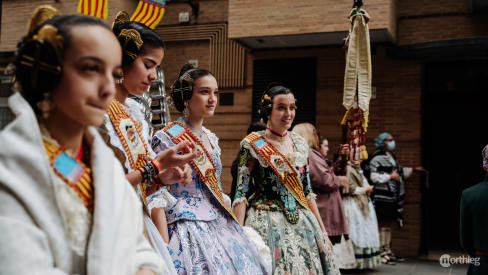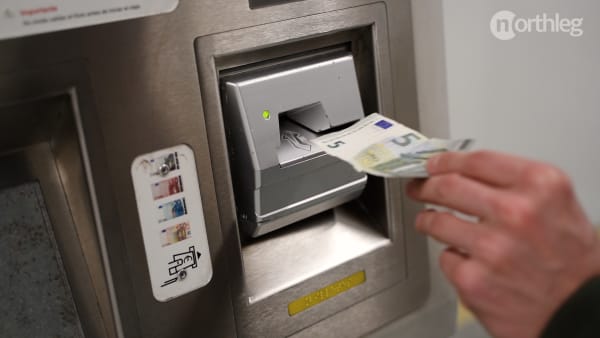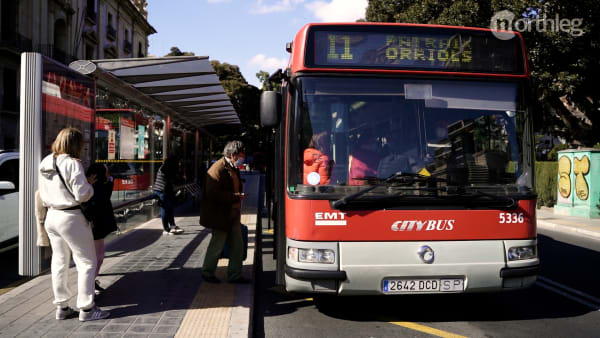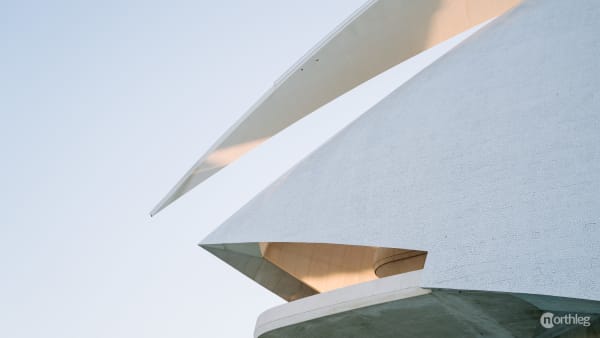Fallas Vocabulary
Fallas Vocabulary
There is a vast Fallas-specific vocabulary, with words either in Spanish or Valencian. For the sake of practicality, you’ll find the vocabulary sorted into categories, including the basics, the sculpture-related vocab, the events-related terms, the words that have to do with the participants and organisations, as well as the terms related to the various kinds of fireworks.
Basics
Even though there are a lot of terms, you can generally understand what is going on just by learning a few keywords. These are the most common and essential fallas-related terms.

Fallas (festival)
Fallas is the term used to refer to the festival that takes place every year in Valencia between the end of February and the 19th of March.
Fallas (sculptures)
The fallas are sculptures built on the occasion of the Fallas festival. They are normally made of papier-mache and wood, and then colourfully painted.
They generally represent a whole scene and are made up of different figures, the ninots (see below). There are two types of fallas: Adult fallas (sometimes called fallas mayores) or children’s fallas (called fallas infantiles).
Ninots
They are the individual figures or puppets that make up the scenes represented in a falla. They can be of different sizes and shapes.
Cremà
Cremà is the term used to refer to the burning of the fallas, which takes place the night of the 19th of March.
The sculptures
These are the various terms used for the sculptures built during Fallas or their components.

Fallas Mayores
It is a falla (sculpture) for adults. It is generally bigger than a falla for children and it satirises or comments on current socio-political events.
Fallas infantiles
It is a falla (sculpture) for children, normally smaller than fallas for adults. It usually references cartoons, children’s games or tales.
Fallas infantiles used to be made by children, but they are now made by the same artists that make the fallas mayores.
Ninots
The ninots are the individual figures or puppets that make up the scenes represented in a falla. They can be of different sizes and shapes, but they normally represent people or animals.
Ninot Indultat
They are the ninots pardoned by popular vote. This means they do not end up burning with the falla they were part of. Instead, they are taken to the Museo Fallero and preserved there.
Falla Municipal
This is the most famous falla, the one in Plaza del Ayuntamiento. It is always the last one to be burnt and it is the only one not to participate in the competition.
Events
These are the Fallas-related events and special days that you might hear about around the time of the festival.

Cremà
Cremà is the term used to refer to the burning of the fallas. The ceremony takes place on the night of the 19th of March all over the city, wherever there is a falla (sculpture).
Crida
The Crida is the public proclamation that marks the beginning of the Fallas festival. It is usually officiated by the fallera mayor and other committee members, and it is accompanied by a firework display. It takes place on the last Sunday of February at the Torres de Serranos.
Cordà
The Cordà is a pyrotechnic show that anticipates the festival*.* 70 experts enter a massive metal cage set up in the middle of the square to fire hundreds of rockets, arranged in 35 boxes.
This produces a long, spectacular firework display.
The Cordà takes place on the last Saturday of February in Plaza del Ayuntamiento.
Cavalcada del Foc
Also known as Cabalgata del Fuego, this is a fire parade that takes place right before the start of the Cremà. In it dancers, jugglers and floats walk among evocative firework displays.
It takes place on the evening of the last Fallas day (19th March) down Calle Ruzafa, Calle Colón, and Plaza Porta de la Mar.
Nit de Foc
Nit de Foc (Night of Fire) is the event that marks the last day of Fallas. For about twenty minutes, on the night between the 18th and 19th of March, at 1:30 am, the creative and colourful pyrotechnic sceneries are created by a great number of fireworks.
The show is in Turia Park, between Puente de la Exposición and Puente de las Flores.
Plantà
The Plantà is the installation of the fallas (sculptures), which takes place on the night between the 15th and the 16th of March. The men and women involved in the construction of the fallas get together and often work all night to make sure that the installations are finished by the dawn of the 16th. There is a plantà wherever there is going to be a falla, so all over the city.
L’Albà de les Falles
L’Albà de les Falles is the celebration that precedes the Plantà. It is a colourful firework display that marks the beginning of the final Fallas days (the loudest, most eccentric and spectacular ones).
It takes place in Plaza del Ayuntamiento at midnight, on the night between the 15th and the 16th of March.
Mascletà
The mascletà is a loud pyrotechnic event that takes place every day during Fallas (between the 1st and the 19th of March) at 2:00 pm. Rounds and rounds of gunpowder are set off at the same time in the square to create a deafening sound, in celebration of the festival.
There can also be mascletàs nocturnas (which take place at night, usually around 9:00 pm or 11:00 pm), but they are announced every year and don’t take place every day.
Despertà
The despertà is a loud morning parade of falleros (see definition below). The aim is to wake the whole neighbourhood up. This is achieved by the continuous and extremely loud throwing of bombetas and trons de bac (see definitions), accompanied by band music.
There are both despertàs infantiles (children’s parade) and despertàs generales (for adults).
The despertà takes place all over the city, every day between the 16th and 19th of March at 8:00 am. Exceptionally, on the last Sunday of February (day of the Crida), it is at 7:30 am.
Ofrenda de Flores
The Ofrenda de flores is a flower offering to Valencia ’s patron saint, the Virgen de los Desamparados.
A large wooden figure representing the Virgin is erected in Plaza de la Virgen. Between the 17th and 18th of March, the members of the comisiones parade to the square, leaving flowers to the Virgin. The donated flowers will make up the Virgin’s mantle.
Cabalgata del Ninot
Cabalgata del Ninot is a large parade held in early March through La Glorieta, Plaza del Ayuntamiento, Calle Xàtiva. The participants, all members of the various comisiones falleras wearing creative costumes, walk through the city together with decorated floats. Each committee chooses a theme, usually political or socially relevant.
People and participants
These are all those terms that refer to specific figures or participants in the Fallas festival

Falleros
This is the general term used to refer to the members of a Fallas committee. Female members are called falleras and male members falleros. These are the people largely responsible for the festival. They organise, fundraise and coordinate the whole event. During fallas-related events and parades, they wear the traditional falleros costumes.
Fallera Mayor
A representative of all the falleras in one committee. Then, among all the falleras mayores, one of them is elected to be the “queen” (Fallera Mayor) of the entire festival each year.
Comisión fallera
Also simply referred to as “committee”. It is a non-profit organisation, whose members (falleras and falleros) work to gather funds and organise the Fallas festival. Each committee oversees the construction of two sculptures: a falla infantil (for kids) and a regular falla (for adults).
Artistas falleros
They are the artists that design and build the fallas (sculptures).
Fallera Infantil
A young, female member of a Fallas committee. Just like for adult falleras, each committee has its fallera mayor infantil. The same goes for the festival as a whole, where every year a fallera mayor is chosen to represent all the adult women in the festival, and a fallera mayor infantil is chosen to represent all the girls involved.
Junta Central Fallera
This is the body that regulates and coordinates the Fallas festival in the city of Valencia. You’ll often see it shortened with JCF. It is the entity that elects the fallera mayor and chooses the fallas prize winners.
The fireworks
The Fallas festival is an explosive one. For days on end fireworks, firecrackers, and other pyrotechnic devices are fired all around Valencia. So it is only normal that there’s a set of highly specific firework-related vocabulary.

Castillos de Fuegos Artificiales
Castillos de fuegos artificiales (firework castles) are tall metal structures that are put up to achieve a spectacular range of fireworks with different effects, figures, colours, and sounds. Famously, castles are displayed during Nit de Foc and Albà de les Falles.
Traca
Traca is the term used for a specific kind of pyrotechnic device. It consists of a series of firecrackers placed along a string, which explode one after the other. Tracas are placed on the fallas at the time of burning, during the Cremà.
Tro de Bac
The tro de bac is the special firecracker used during Fallas for the despertà. It is a very loud, handmade device that is set off by violent impact. This means that you don’t need fire to set it off, just to throw it violently on the ground. It requires a licence to be used.
Bombetas
The bombeta is a type of small firecracker used during Fallas for the despertà. It is a small firecracker without a wick. It is set off by throwing it on the ground and it is generally used by children.





























